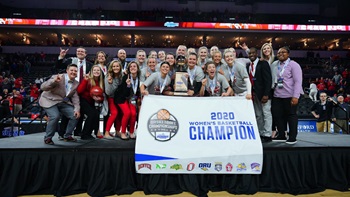Broadening and Deepening Medical Education
“We’re piloting some immersion experiences we call clinical medical humanities,” explained Dr. Matthew Simmons, associate dean of the Rapid City campus of the medical school. The immersion experiences include programs in literature, visual art and history of medicine. Each of the three topics are presented with an emphasis on those aspects that relate to the professional development of the medical students.
In designing these immersion experiences, the relevant medical literature was reviewed and relevant content was compiled. Dr. Simmons then teamed up with the humanities professors at South Dakota School of Mines & Technology, artist educators with the Rapid City Arts Council, and historians at the Journey Museum in Rapid City to present three two-hour programs for the medical students as part of their Pillar 2 clinical training.
The Journey Museum in Rapid City contributed an important aspect to the history portion of the course by creating an exhibit titled “The History of Medicine in the Black Hills” in the spring of 2014. The exhibit traced medical care in the region from the Lewis and Clark era to health care responses during the tragic 1972 Rapid City flood. During the exhibit’s run, guest lecturers, including Dr. Simmons and Dr. Rod Parry, former dean of the medical school, presented at the museum on historical topics related to medicine.
“We want to immerse the medical students in stories relevant to medical care to deepen their appreciation for their place in the continuum of the history of the medical profession,” Dr. Simmons explained. As part of the history immersion, human interest stories were presented to highlight the triumphs and tragedies of the past while also reflecting on the relevance for the modern day practice of medicine. Some of the historical materials and stories, gathered for the major exhibit earlier this year, are being retained to use with each new class of medical students rotating through the Rapid City campus.
Other clinical humanities elements will emphasize literature pertaining to medicine and explore how visual art can be used to inform medical students in the skills of observation, creativity and communication.
“We view this as professional development for our students,” said Dr. Simmons. “We believe these experiences in the clinical medical humanities will enrich the medical education experience and provide a needed balance with advances in science and technology.”
Future humanities programs are planned for the Rapid City Campus, and the Ethics/Humanities section of the USD Sanford School of Medicine is exploring the possibility of conducting similar programs at each of the clinical campuses and rural sites.
This story originally appeared in the Fall/Winter 2014 issue of South Dakotan M.D. magazine. Read the full issue.


